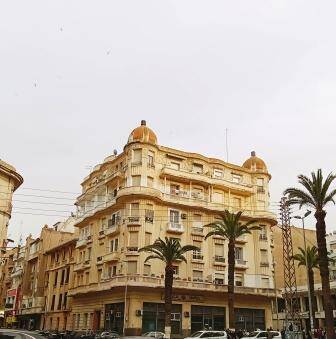CASABLANCA is a city that thrills you the moment you see it. Whether viewed from the window of a plane, or the deck of a cruise ship, its sprawling skyline stretches as far as the eye can see and will capture your imagination and entice you into exploring its streets, squares, and structures which can, at times, even overpower the senses. There are such amazing things to know about Casablanca.
CASABLANCA A S TUNNING COSMOPOLITAN TOWN
Casablanca is a city of huge contrasts. This historic and yet cosmopolitan city and port is the financial, industrial, and commercial hub of Morocco. It is the largest city in morocco, with a population of over 3.6 million. It is second in stature only to the country’s government capital Rabat. Major names from around the world adorn offices and factories in the city, while its port-through which everything from grains to textiles are traded-is the largest in North Africa and a leading port of the world. Each of the city’s eight administrative districts has its own vibe. In the west is the relatively peaceful Anfa, a residential area where many of casablanca’s wealthier inhabitants live.
Near the center are the bustling areas of downtown, including the busy intersection of place des Nations Unies, the nearby medina, Mers Sultan, Ben Slimane, and to the northeast , the industrial port area at Sidi Belyout. South of downtown is the quartier des Habous, home to the new city (ville nouvelle) built by the french in the 1930 s in imitation of local architectural styles. Casablanca, which originated as small Berber settlement in the seventh century, today has an architectural mix that suits its status as one of Africa’s most cosmopolitan and influential cities.
CASABLANCA-WHITE HOUSE-CASA BLANCA-الدار البيضاء
High-rise buildings, such as its twin Business centers with its mosques, its Neo-Moorish homes, and its sprawling working-class districts (bidonville). Another reminder of the city’s variety is its Jewish Museum, probably the only one in the business center towers, define the city, along Islamic world. Add to this vibrant mix top-class hotels and trendy restaurants along elegant, palm-tree lined boulevards radiating from huge squares, beaches such as those at the holiday resort of Ain Diab. Casablanca also offers vast areas of parkland, and lanes ripe for exploration and you have a city of immense variety. All this can be enjoyed in a Mediterranean climate with little seasonal variation. It is comfortably warm in summer and relatively mild in winter.
MORE THINGS TO KNOW ABOUT CASABLANCA
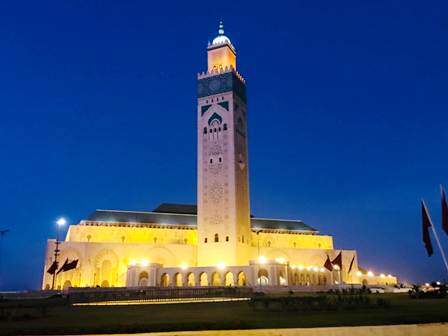
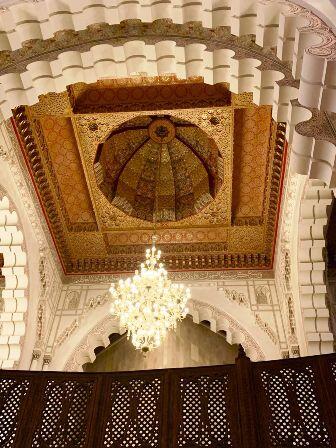
white is “branca”, this was changed to the Spanish “blanca” when the city came under Spanish influence in the 16th and 17th centuries. Casablanca came to the fore in the 18th century under the sultanate rule of Mohamed ibn Abdallah. Therefore, it wa sa major trading post for wool, tea, sugar, and grains. A devastating earthquake in 1755 hampered the city’s development for a while, but it continued to grow in importance nonetheless.
The city as we see it today owes much to the French protectorate of the 20th century. The first resident-governor of French Morocco, Gen. Hubert Lyautey (1854-1934), wanted to establish Casablanca as Morocco’s financial and commercial center. He engaged architects, town planners, and hundreds of construction teams to rebuild vast areas. The reshaping of Casablanca began around 1912 and went on for more than 50 years, even after the country became independent from France in 1956. The result is a showcase of art deco and Neo- Moorish architecture and one of the best examples of colonial urban planning in the world.
Discover the fascinating city of Casablanca: its captivating skyline, vibrant streets, and rich history will leave you in awe.
YOU MUST EXPLORE CASABLANCA AND KNOWS ABOUT ITS SURROUNDING AREAS
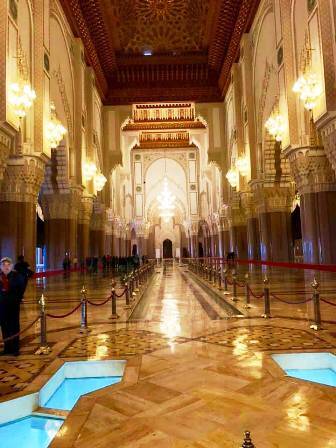
Casablanca lies on a stretch of Atlantic coastline known for its fabulous beaches, their resorts endowed with a range of tourists facilities. There are also picturesque fishing ports and ancient kasbahs and medinas. Inland, vineyards and orange groves stretch toward the Middle Atlas.
Around Casablanca, the hot summers are tempered by cooling breezes from the Atlantic Ocean, while the winters are pleasantly warm. The climate, similar to that around the Mediterranean; is suitable for olive and pomegranate cultivation on the fertile coastal plain To the northeast and south west of Casablanca. The coastline is dotted with resorts offering golf, windsurfing, sailing , surfing, or simply sun and warmed beaches. Ancient coastal towns vie with modern settlements for the attentions of the traveler.
Explore Casablanca with its secrets; from its sprawling skyline to its rich history and culture heritage. Experience the vibrant of this cosmopolitan city
ADDITIONAL THINGS TO KNOW ABOUT CASABLANCA – ART DECO BUILDINGS
Art deco is the name given to a design style that was popular from the 1920 s through the early 1940 s. Art deco captured the world’s senses and was represented in both architecture and fashion, as well as interior design. It is based on geometric shapes that are simple but bold, and convex and concave shapes became avant garde. Casablanca’s architects embraced this new movement during a period when the city was undergoing dramatic expansion. However, Moorish influences also crept in, and the result is Casablanca’s unique and interesting architecture: lavish buildings adorned with zellij tilework and stucco surfaces that depict flowers and swirls, with elaborate stone or wrought iron balconies, arches, and domes.
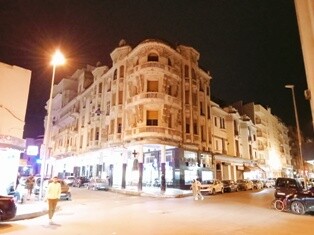
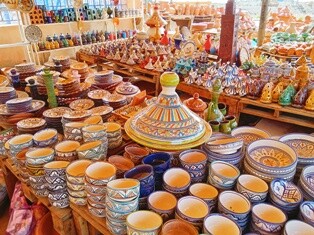
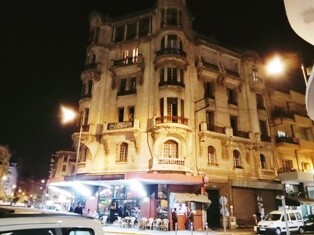
ALSO EXPLORE THE HEART OF THE CITY CASABLANCA
Casablanca is a metropolis with a rich past. At its heart are two squares, the place des Nations Unies and, about 0.8 km to the south, the place Mohamed V. These are linked to each other and the rest of the city by a network of wide, busy boulevards . The place des Nations Unies (United Nations Square) was once a small marketplace that was remodeled in the 1920 s. It become a fashionable area of arcades, trendy restaurants, and hotels in contrast, the place Mohamed V is the administrative and business center of the city.
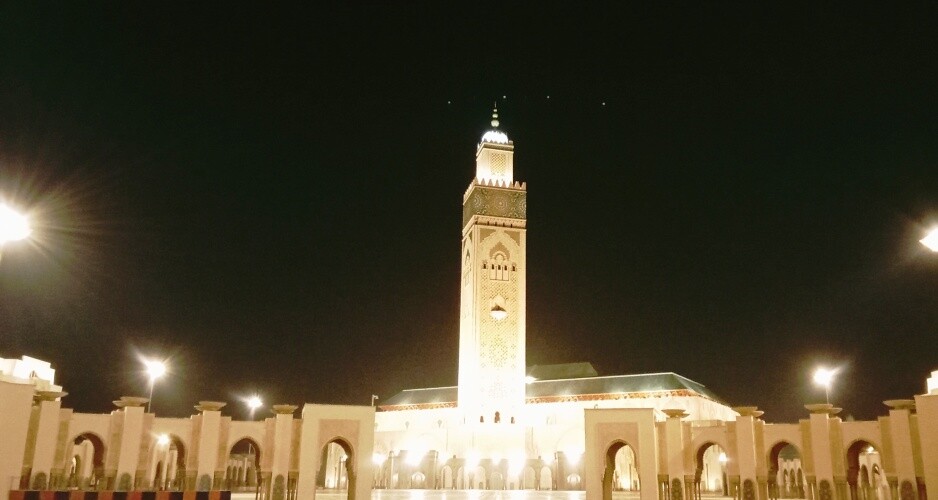
Embark on a journey through Casablanca: A city that mesmerises with its stunning skyline, rich history, and vibrant culture. Get ready to Explore its hidden wonders
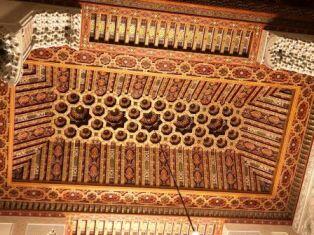
No visit to Casablanca would be complete without a visit to the Hassan II Mosque, the fifth largest mosque in the world. It dominates the city skyline. The city lies on a 2 ha promontory looking out over the Atlantic Ocean. During construction, about 3,300 craftsmen created the mosque from the designs of French architect Michel Pinseau (1924-1999). Most notably, it has the tallest minaret on the planet, which stands 689 feet (210 m) high. Non Muslims are allowed entry only as part of a guided tour.
